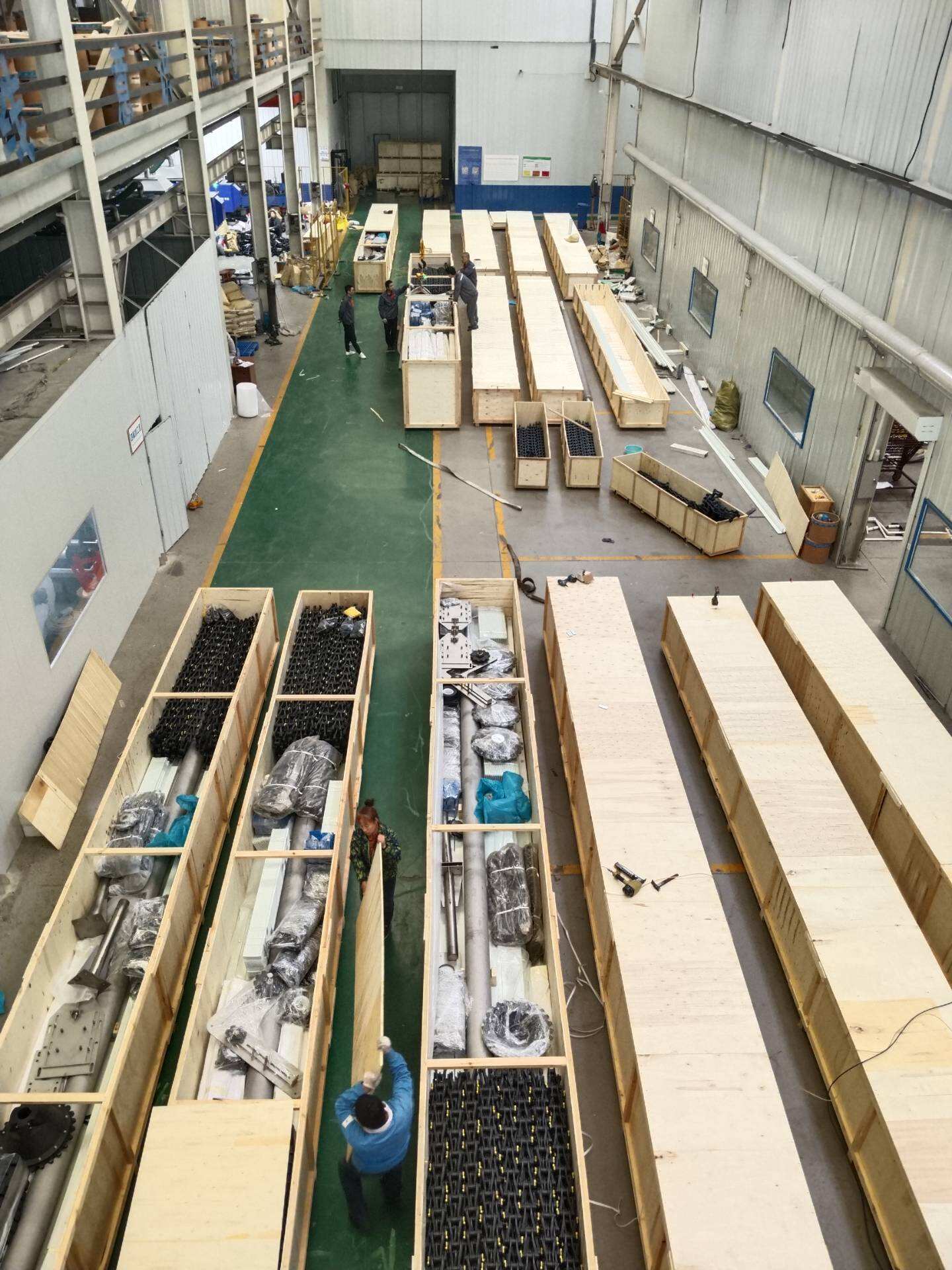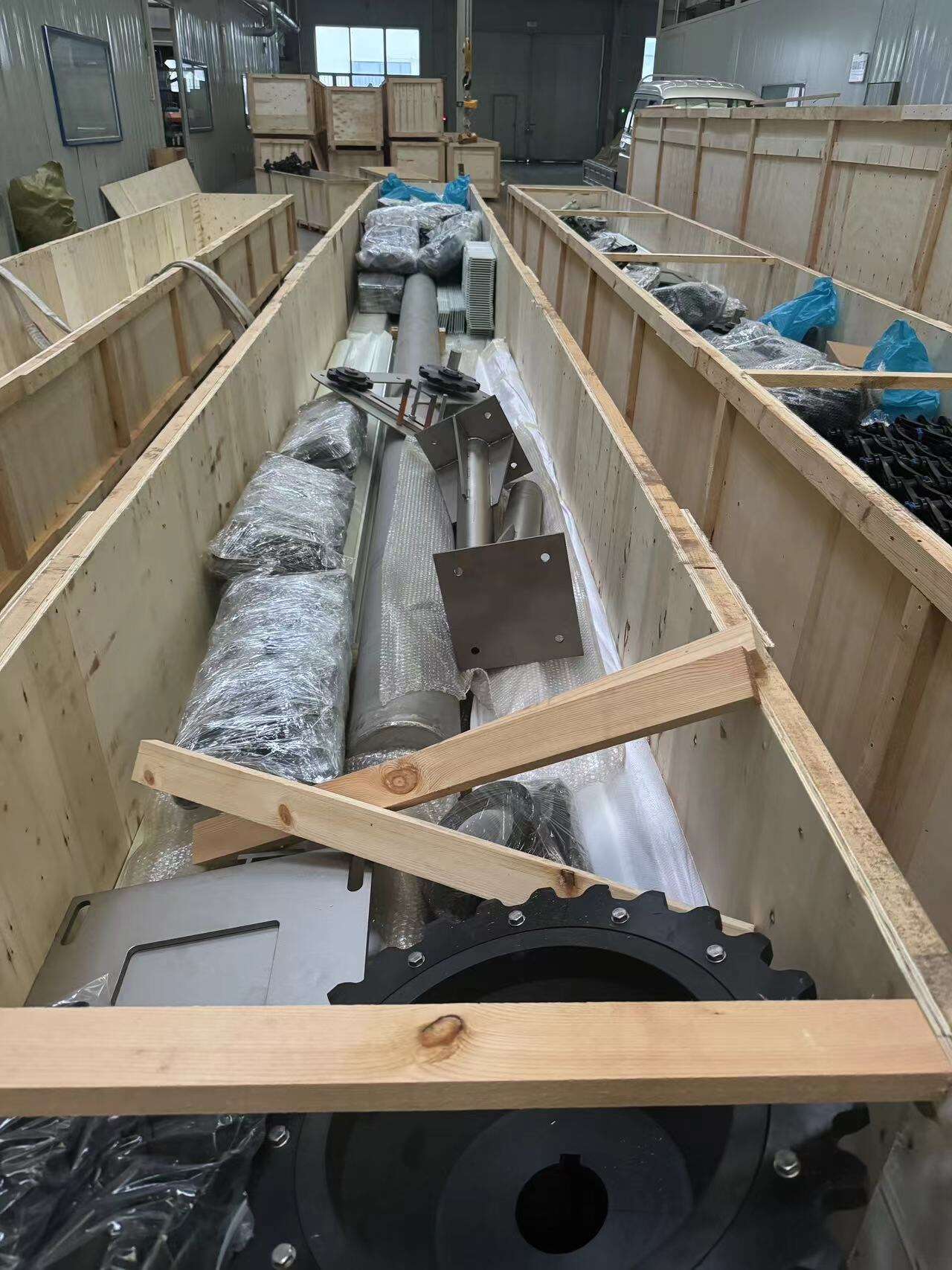
An efficient sludge scraping plastic scraper is defined by its ability to maximize the rate and consistency of settled solids removal while minimizing energy input and preventing solids resuspension. Efficiency is engineered into every aspect of its design. The blade geometry is meticulously profiled—often with a specialized V-angle or flexible lip—to create a perfect seal against the tank floor, ensuring full sludge evacuation without requiring excessive downward force that increases wear and energy consumption. The structural components are designed hydrodynamically to minimize drag as they move through the water. The materials themselves contribute to efficiency; the low coefficient of friction of polymers like UHMW-PE allows the scraper to glide smoothly, reducing the torque required from the drive unit and leading to direct energy savings of often 20-30% compared to metal systems. Furthermore, their precise construction and balanced installation ensure uniform collection across the entire tank radius, eliminating short-circuiting and dead zones where sludge can accumulate, thicken, and become more difficult to move. This consistent operation maintains optimal tank hydraulics and sedimentation efficiency, directly contributing to a clearer effluent and reducing the load on downstream processes. This holistic approach to efficiency—encompassing energy, performance, and maintenance—makes our plastic scrapers a cornerstone for optimizing the operational cost and effectiveness of any sedimentation basin. To obtain performance data and efficiency metrics for your application, we invite you to contact us for an engineering analysis.
